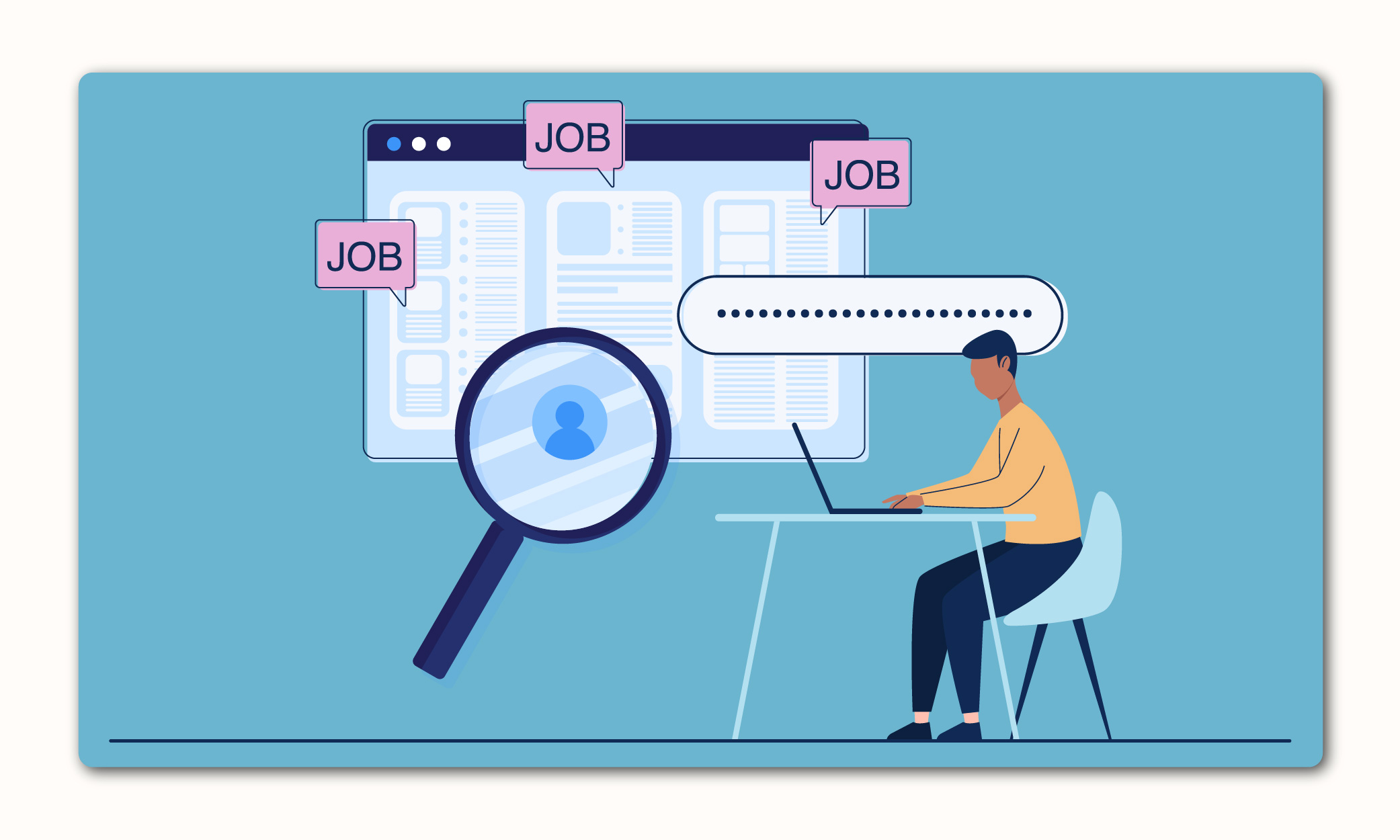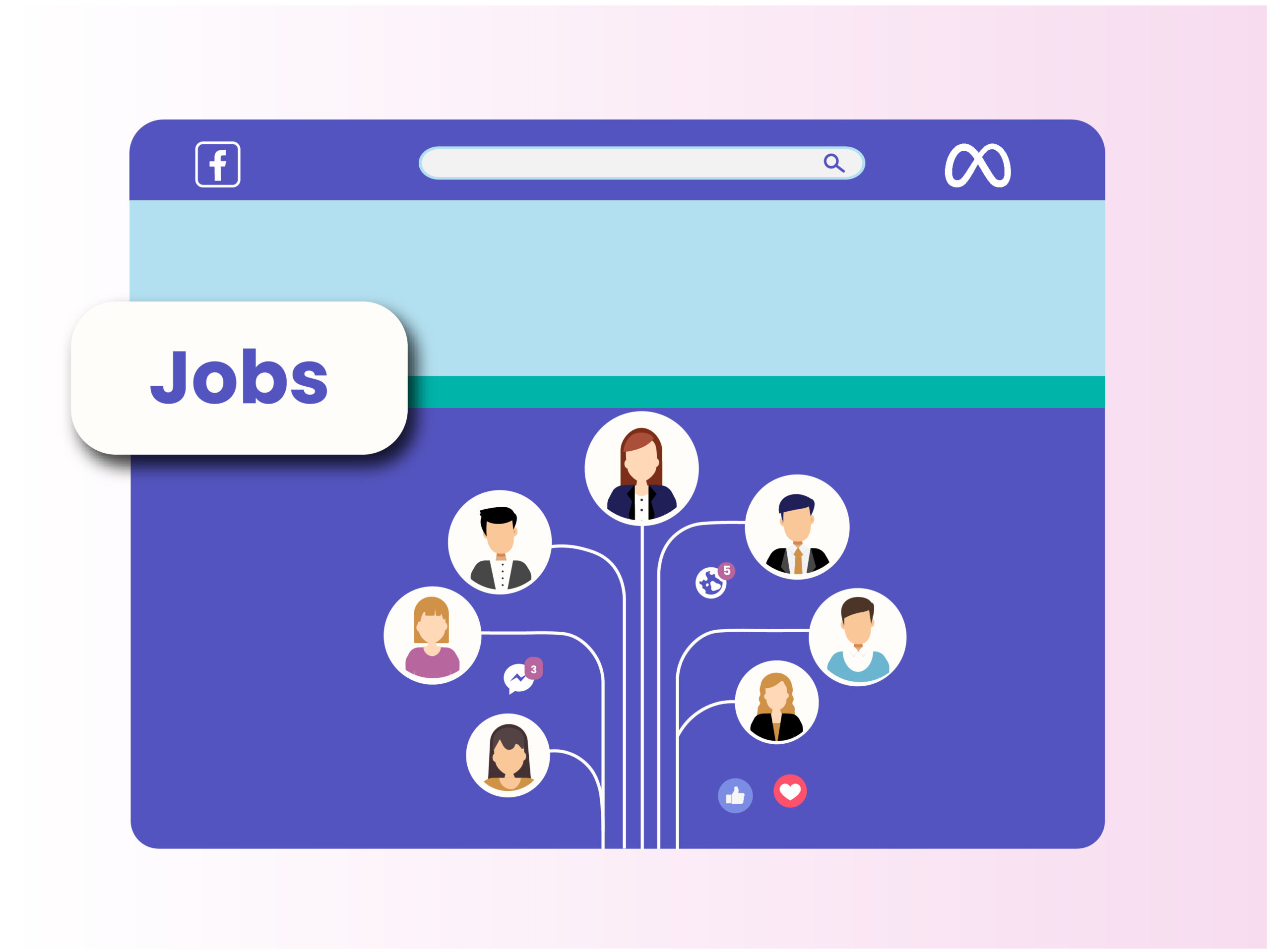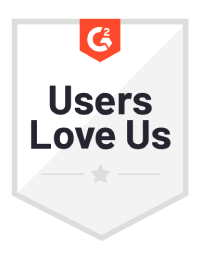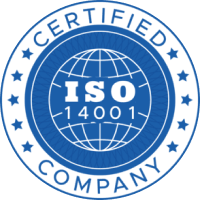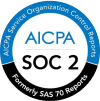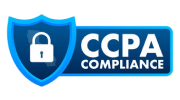Introduction
Picture this: you’re juggling job openings, looking through resumes, and trying to find that perfect hire – all while keeping your budget in check. But what if your best candidates were already within reach, waiting to be introduced by your own employees?
That’s the power of employee referral programs. These programs simplify the hiring process, bringing in high-quality candidates who fit your culture and stay longer. But, before we explore how to build a successful referral program, let’s start with the basics.
What Is an Employee Referral?

An employee referral is when an existing employee recommends a qualified individual from their network for an open role in the company. This could be a friend, relative, former colleague, or someone they know who meets the job’s requirements. Referrals add a layer of trust and reliability to the hiring process because they come from someone who understands both the company and the candidate. It’s an efficient way to tap into quality talent that might not come through traditional recruitment channels.
This method doesn’t just make recruiting easier – it also adds a human touch to your hiring strategy, giving you access to talent that might otherwise stay hidden in the crowd.
What Are Employee Referral Programs and How Do They Work?
Employee referral programs (ERPs) are structured systems that encourage current employees to refer qualified candidates for open positions. Their main aim is to motivate your employees to leverage their network and look for great-fit candidates. The process starts with employees submitting referrals – usually through an easy-to-use platform or directly to HR or hiring managers. Once a referral is made, the candidate is reviewed just like any other applicant, though the added trust from the referral can speed up the screening process.
What sets an employee referral program apart is the incentive. Companies often offer rewards such as bonuses, recognition, or other perks for successful hires. This not only motivates employees to refer quality candidates, but also helps create a continuous referral cycle. For example, if an employee refers someone who is ultimately hired and remains with the company for a certain period (say, completing a probationary period or an entire year), the referring employee receives their incentive or reward. This creates a cycle where employees feel motivated to continue making valuable referrals to earn future rewards.
Overall, employee referral programs streamline the recruiting process, reduces hiring costs, and delivers candidates who are more likely to thrive within the company culture.
Employee Referral Program Benefits: Why You Need One Today
Employee referral programs are a game changer for organizations looking to build strong, cohesive teams. Let’s look into the key benefits and see why implementing a referral program could be one of the smartest recruitment decisions you make!
Faster hiring process
Referrals often come pre-vetted, with employees recommending candidates they know are qualified and fit the role. This reduces the time spent sifting through resumes, conducting initial screenings, and scheduling interviews. With referrals, you skip the noise and move quickly to qualified talent. The result? Open roles are filled faster, minimizing disruptions to your team’s productivity.
Improved quality of hires
Candidates referred by employees tend to outperform their counterparts hired through traditional methods by 33%. Why? Because employees understand your company’s culture, goals, and expectations. When they recommend someone, they’re likely to refer individuals who align with these factors. This insider insight results in hires who not only meet the job’s technical requirements but are also more likely to excel in the role.
Reduced recruitment costs
Hiring is expensive. From job postings to recruitment agency fees, the costs add up fast. Referral programs significantly cut these expenses. Since your employees do part of the sourcing work for you, you can reallocate funds from costly traditional channels to other priorities. Even when offering referral bonuses, the overall cost is often far lower than other recruitment methods.
Enhanced employee engagement
When employees feel involved in the hiring process, their connection to the company deepens. Referral programs give employees a sense of ownership, as their input is directly tied to building the organization’s future. Recognition and rewards for successful referrals further boost morale, creating a win-win scenario for both the company and its workforce.
Increased retention rates
Referred candidates aren’t just quicker to hire – they’re more likely to stay. Referral hires have an average retention rate of 46%, significantly higher than the 33% retention rate for employees sourced through online job postings. Since they’re often pre-screened for cultural fit and enter the company with insider knowledge from their referrer, they integrate more smoothly into the team. This longevity reduces the costs and disruptions associated with turnover.
Better cultural fit
Culture can make or break a workplace, and employee referrals are a direct line to candidates who understand your company’s vibe. Employees naturally refer individuals they believe will thrive in the same environment, which helps you build a team with shared values and work styles. This alignment fosters collaboration, productivity, and a positive workplace atmosphere.
Supports employer branding
Referral programs transform your employees into brand ambassadors. By encouraging them to share job openings with their networks, you extend your reach to passive candidates who might not be actively job hunting. Employees’ personal endorsements carry weight, reflecting positively on your organization. Shazam!
Employee referral programs aren’t just about filling positions – they’re about building stronger teams, enhancing employee loyalty, and improving your overall recruitment strategy. If you’re not using one yet, it’s time to start reaping the rewards today.
Let’s take a look at how to do it.
How to Create an Employee Referral Program That Works
A dynamic employee referral program needs smart planning and purposeful execution. And that means taking a number of factors into account to create a program that delivers big results… all while keeping your team excited and involved. Here’s how to make it happen.
Define your goals and metrics
Start by identifying what you want your referral program to achieve. Is your focus on reducing time-to-hire, improving candidate quality, or filling specific roles faster? Establish clear metrics, such as the number of referrals received, conversion rates, or retention rates of referred hires. These benchmarks will help you measure success and make data-driven adjustments.
Outline your program structure
Design a program that’s easy to understand and follow for your employees. Outline key details like which roles are eligible for referrals, how employees can submit candidates, and the process for reviewing and rewarding successful referrals. Transparency is key – ensure employees know exactly how their efforts will be acknowledged.
Set up an incentive system
Motivation matters. So, offer rewards that resonate with your employees. Be clear about the eligibility criteria for rewards, such as whether they’re contingent on the hire staying for a certain period. A well-thought-out incentive system will encourage employees to actively participate.
Communicate and promote the program
Even the best referral program will fail if no one knows about it. Announce the program through emails, team meetings, and company newsletters. Regularly remind employees about it by sharing success stories, showcasing past rewards, and promoting hard-to-fill roles. Make the process accessible through an easy-to-use referral portal.
Train and support managers and employees
Ensure managers and employees are equipped to participate effectively. Train managers on how to evaluate referrals and keep the process unbiased. Educate employees about the types of candidates that fit the company’s needs and the steps involved in making referrals. Providing FAQs, templates, and ongoing support can make the program more approachable.
Continuously monitor and improve
No program is perfect from the start. Track key metrics and gather feedback from employees and hiring teams. Are referral rates increasing? Are the incentives motivating enough? Use this data to tweak the program as needed, ensuring it remains effective and relevant over time. Regular updates and optimizations will keep participation high.
By following these steps, you can create an employee referral program that not only attracts top talent but also strengthens employee engagement and boosts your overall hiring strategy.
Should You Offer a Referral Bonus?
While some companies run employee referral programs without offering bonuses, this is not the most effective approach. As discussed, referral bonuses provide a clear incentive that drives participation and ensures employees feel their efforts are valued. Without a reward, the motivation to refer quality candidates can diminish. Offering a referral bonus is an easy way to energize your team and encourage them to actively contribute to the recruitment process.
A well-designed bonus structure can take many forms – monetary rewards, gift cards, extra time off, or even public recognition. The key is to make sure the reward resonates with your employees, making them feel appreciated. Beyond just the incentive, referral bonuses help cultivate a culture of collaboration and mutual respect within the company.
When implemented thoughtfully, referral bonuses can lead to higher participation, better-quality candidates, and improved employee satisfaction. However, it’s important to balance the cost of rewards with the value that high-quality hires bring to the company. By strategically aligning your referral bonus structure with your hiring goals, you’ll set your program up for long-term success.
Managing Employee Referral Programs: Best Practices for Success
Running an employee referral program isn’t just about setting it up — it’s about keeping it buzzing with energy and results! Success lies in thoughtful planning, open communication, and a commitment to constant improvement. Here’s how you can make your program thrive and become a source for great hires.
Clear and defined guidelines
Start with a solid foundation. Clearly outline the rules, including who can participate, which roles are eligible, and the criteria for earning rewards. Share these guidelines widely, ensuring there’s no confusion about the process.
Simplified referral process
Keep it simple. An overly complicated process can discourage participation. Provide employees with an intuitive platform or form to submit referrals, and ensure it takes minimal effort. The easier it is, the more likely they’ll participate.
Effective communication and regular updates
Your referral program won’t succeed if employees forget it exists. Use internal emails, Slack messages, newsletters, or team meetings to promote the program and highlight hard-to-fill roles. Celebrate successful referrals and keep employees updated on program milestones to maintain enthusiasm.
Strong cultural and role alignment
Encourage employees to refer candidates who align with your company’s culture and the specific role requirements. Provide clear guidance on what makes a great referral, helping employees recommend candidates who are not only qualified but also a good cultural fit. Yes, we keep mentioning culture because it’s oh-so important!
Meaningful and timely incentives
Rewards must feel worthwhile (as discussed above) and be distributed promptly. Recognize employees’ contributions through incentives like cash bonuses, recognition in company-wide meetings, or even small gestures like thank-you notes. Timely rewards reinforce the program’s credibility.
Diverse and inclusive referrals
Encourage employees to expand their networks and consider diverse candidates. Highlight the importance of referrals that bring new perspectives and skills to the team, ensuring your program supports inclusivity and innovation.
Fair and objective candidate evaluation
Ensure the hiring process for referred candidates is unbiased and consistent. While referrals often bring strong candidates, evaluate them just as rigorously as those from other sources to maintain fairness and quality in your recruitment process.
Track metrics and continuously improve
Regularly assess your referral program’s performance to ensure it remains effective and engaging. Collect feedback from employees and hiring managers to find areas for improvement. It’s important to track the referred hires in terms of a few metrics. By tracking the right metrics, you can ensure your referral program stays on track.
In the next section, we’ll dive into the metrics that matter most.
Referral Metrics: How to Measure and Optimize Your Program’s Success
Employee engagement
Employee referrals are a reflection of how engaged your team is with your company’s culture and goals. High referral participation rates indicate that employees are excited about your workplace and eager to recommend it to their network. For instance, if your marketing team consistently provides strong referrals while other departments lag, it might highlight differences in engagement or understanding of the program. To optimize, foster a culture where every team feels connected to the program’s success.
Time-to-hire
Referrals are a means to streamline hiring. Filling a position without an employee referral takes an average of 60 days, while roles filled through referrals took just 35–40 days.For example, if your typical time-to-hire is 30 days but referrals average 18 days, your program is saving significant recruitment time. Monitor this metric to highlight the program’s efficiency and set benchmarks for improvement.
Cost-per-hire
Referrals can be cost-effective compared to external recruiting methods like job boards or agencies. Calculate your cost-per-hire by factoring in referral bonuses and program expenses. For example, if you spend $500 on a referral bonus versus $2,500 on agency fees, the savings are clear. Use this metric to justify program investments and tweak incentive strategies.
Retention rate
Referred employees are often better cultural fits, leading to longer tenure as we’ve discussed. Track how long referred hires stay compared to non-referred hires. For example, if referred employees have a 90% one-year retention rate compared to 75% for others, it’s a sign of program success. Highlight these results to encourage more participation and refine your program.
Quality of hire
Referrals typically bring in high-performing candidates who align with your company’s needs. Assess their performance and see if referred hires achieve their goals faster and better than others. If so, it underscores the program’s effectiveness. Share these insights with employees to motivate more referrals!
Referrer engagement and satisfaction
Don’t overlook the employees making the referrals. Regularly survey them to measure satisfaction with the process and rewards. For example, if employees feel the referral process is too complex or rewards are insufficient, it can impact participation. By addressing their feedback, such as simplifying forms or offering better incentives, you can keep the program running smoothly.
By tracking and optimizing these metrics, your referral program can become an important piece of your talent acquisition strategy. Regularly share metrics with your team to celebrate successes and drive further engagement. For example, sharing that 40% of hires last quarter were referrals can energize employees to participate further. Monitoring these metrics isn’t just about improvement – it’s about showing the value of employee contributions to your hiring efforts.
How to Overcome Employee Referral Program Challenges
Employee referral programs are powerful but, like any strategy, they come with some challenges. Understanding and addressing these obstacles is key to maximizing their potential.
Let’s look at common issues and actionable ways to tackle them.
Lack of employee participation
The challenge: Employees may not engage with the referral program due to lack of awareness or perceived complexity.
The solution: Promote the program through internal campaigns, team meetings, Slack messages, and email reminders. Simplify the referral process with user-friendly tools or platforms and do not forget to celebrate successful referrals to inspire others to participate.
Risk of nepotism and favoritism
The challenge: Over-reliance on referrals can lead to concerns about fairness – especially if candidates are hired based solely on employee relationships.
The solution: Maintain a structured and unbiased evaluation process for all candidates. Communicate clearly that referrals are subject to the same rigorous hiring criteria as any other applicant.
Limited diversity in referrals
The challenge: Employees may refer people similar to themselves, potentially limiting diversity.
The solution: Encourage diverse referrals by emphasizing your company’s commitment to inclusivity. Offer workshops or guidelines to help employees consider candidates from different backgrounds and networks.
Poor quality of referrals
The challenge: Not all referrals meet job requirements or align with company needs, leading to wasted resources.
The solution: Provide clear instructions on what makes a strong referral, such as the desired skills, experience, and cultural fit. Offer feedback to employees on their referrals to help them improve over time.
Ineffective referral incentive structures
The challenge: Employees may feel the rewards aren’t meaningful enough to justify the effort of making referrals.
The solution: Design an incentive structure that resonates with your team, such as tiered rewards, public recognition, or flexible benefits (maybe some extra time off?). Ensure rewards are distributed promptly to reinforce trust in the program.
Miscommunication or misalignment
The challenge: Employees may not fully understand the program’s goals or how it aligns with the company’s hiring needs.
The solution: Regularly communicate the program’s purpose, updates, and success stories. Align the program with broader company objectives and involve managers to ensure clarity at all levels.
Conclusion
An effective employee referral program isn’t just a hiring strategy – it’s a powerful tool to strengthen your company culture, attract top talent, and boost employee engagement. By leveraging your team’s current networks, you can tap into a pool of qualified candidates who align with your organization’s values and goals.
The benefits are clear: faster hires, lower costs, stronger retention, and a more cohesive workplace culture. While challenges exist, a well-structured program with clear guidelines, meaningful incentives, and ongoing communication can overcome them.
Start today by empowering your employees to be ambassadors for your brand. With the right approach, your referral program can become a cornerstone of your talent acquisition strategy, delivering exceptional results for years to come.
FAQs
What is an employee referral program?
An employee referral program is a structured initiative where employees recommend qualified candidates from their network for job openings within the organization. These programs often include rewards or incentives to encourage participation and are designed to streamline hiring while improving candidate quality.
What should be included in an employee referral?
An effective employee referral includes the candidate’s contact information, a brief overview of their qualifications, and the employee’s recommendation or endorsement. Some programs may also require employees to explain why they think the candidate is a good fit for the role and the company culture.
Why are employee referral programs important for recruiters?
Employee referral programs are important because they help recruiters access high-quality candidates faster and at a lower cost. Referred candidates often align better with the company culture and have higher retention rates, making these programs a win-win for both recruiters and organizations.
What kind of rewards do you offer for an employee referral?
Referral bonuses vary by company and role. Rewards can also take non-monetary forms, such as extra time off or public recognition, depending on the program’s structure and budget.
What are the benefits of employee referral programs?
Employee referral programs speed up the hiring process, lower recruitment costs, and improve candidate quality. They enhance employee engagement, increase retention rates, and strengthen company culture by bringing in candidates who align well with organizational values.
Do employee referral programs improve employee retention?
Yes, referred employees often have higher retention rates because they’re better aligned with the company culture and roles. Plus, existing employees who participate in referral programs feel more engaged and invested, contributing to overall workforce stability.
Also read:
